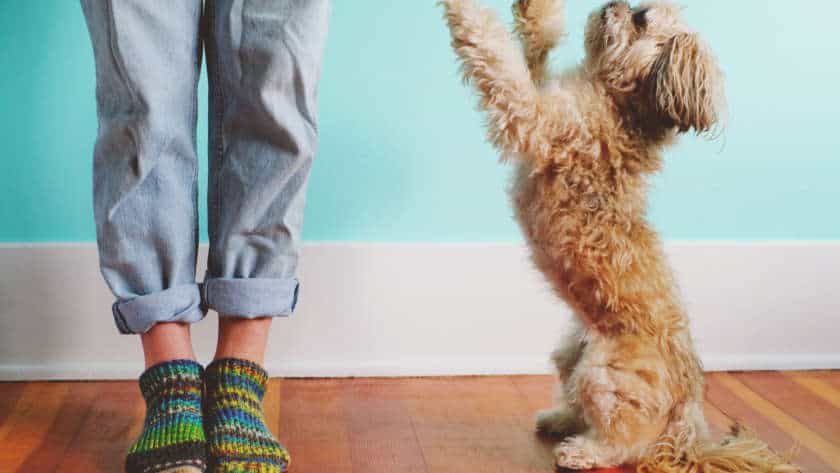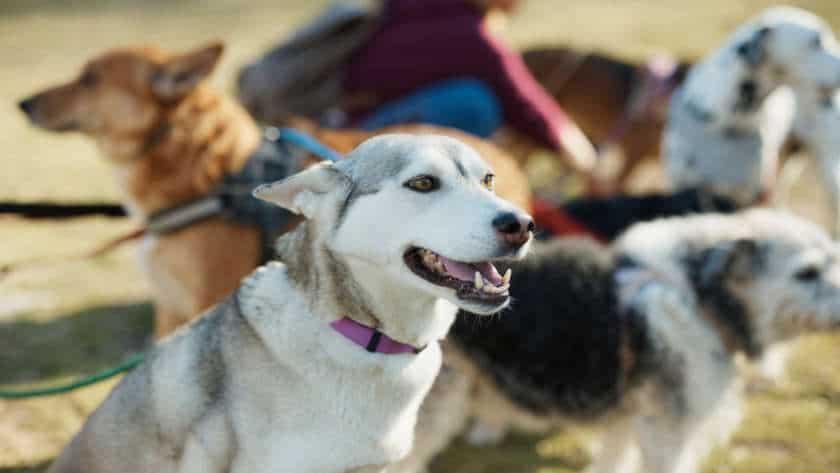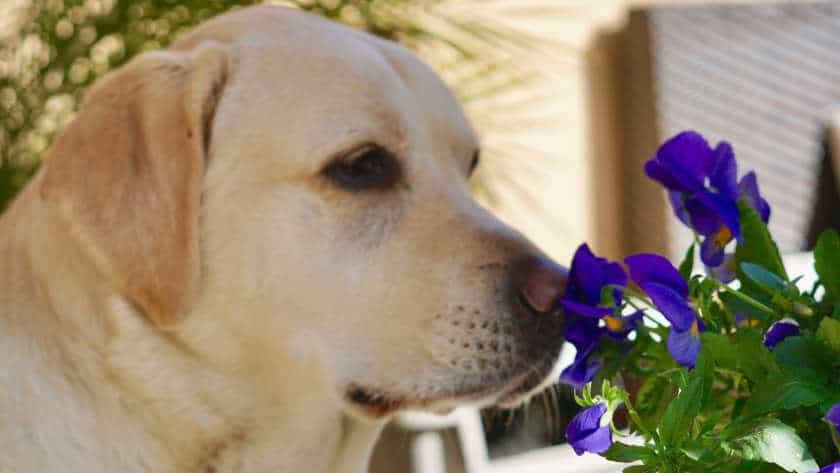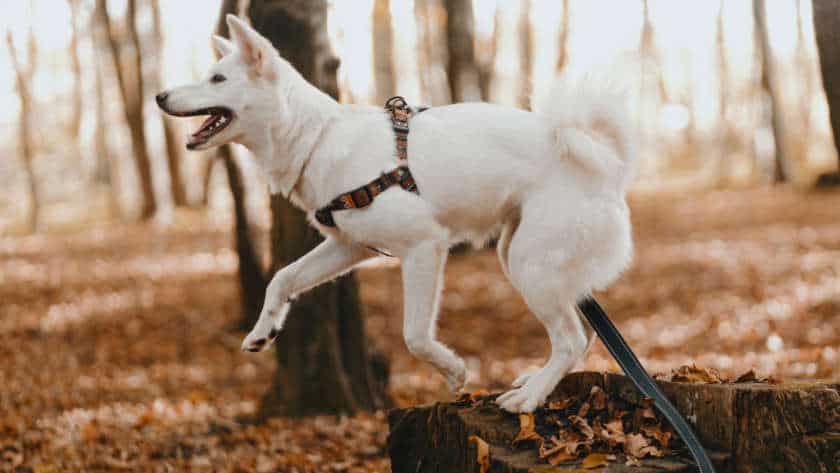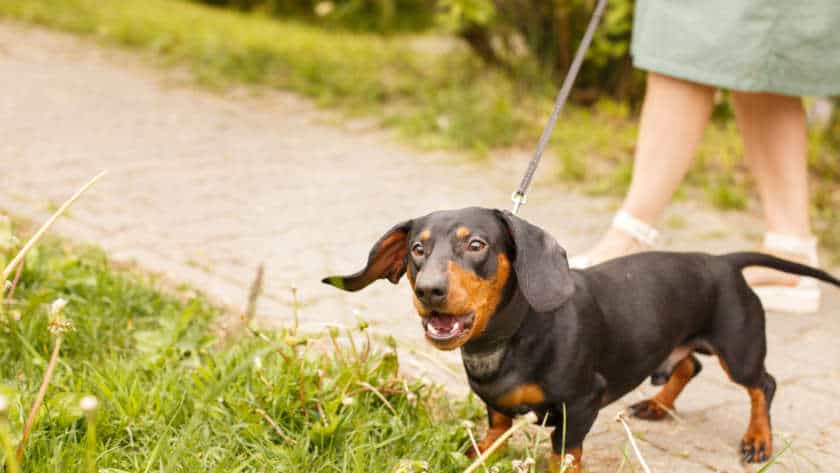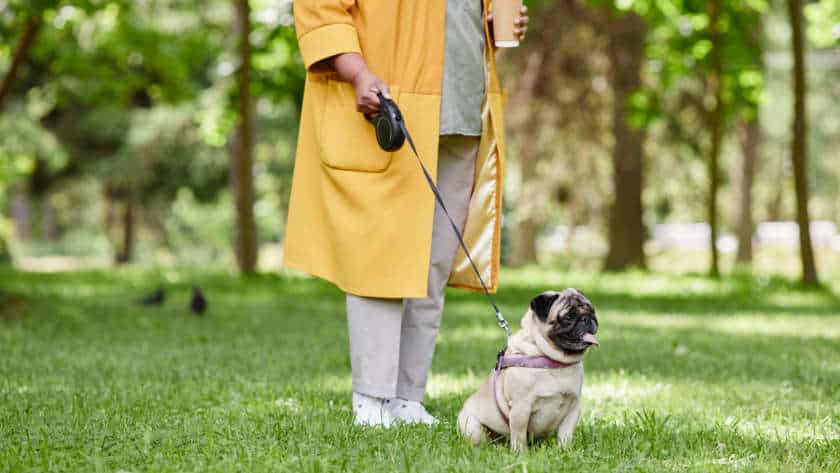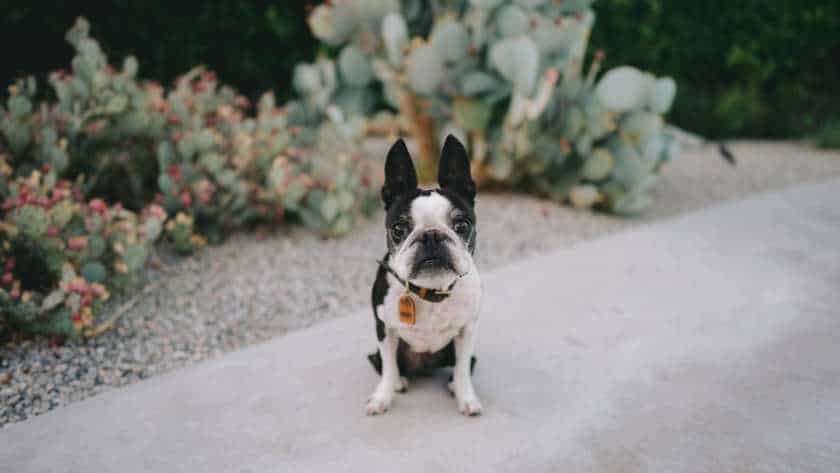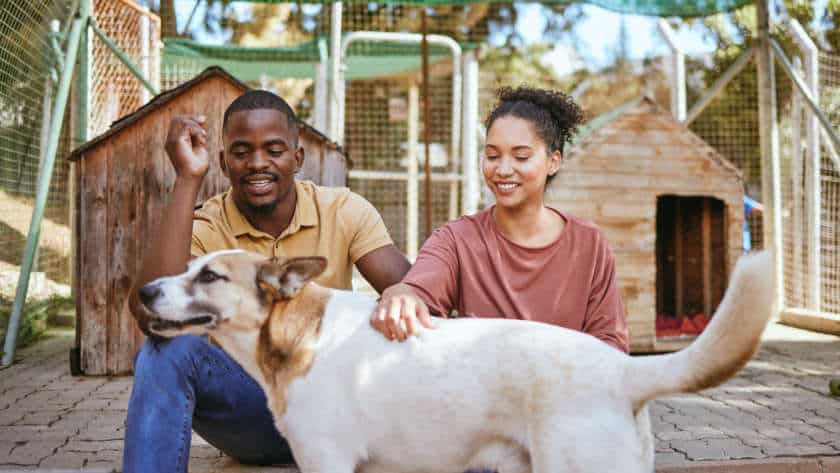Preparing Guests for Your Dog's Enthusiastic Greeting Before guests come, warn them about your pup! Let them know your pooch is friendly, but may get a bit too enthusiastic.
Make sure your pup has basic training and knows commands like sit and stay.
Take your dog for a walk or let them run around beforehand…
